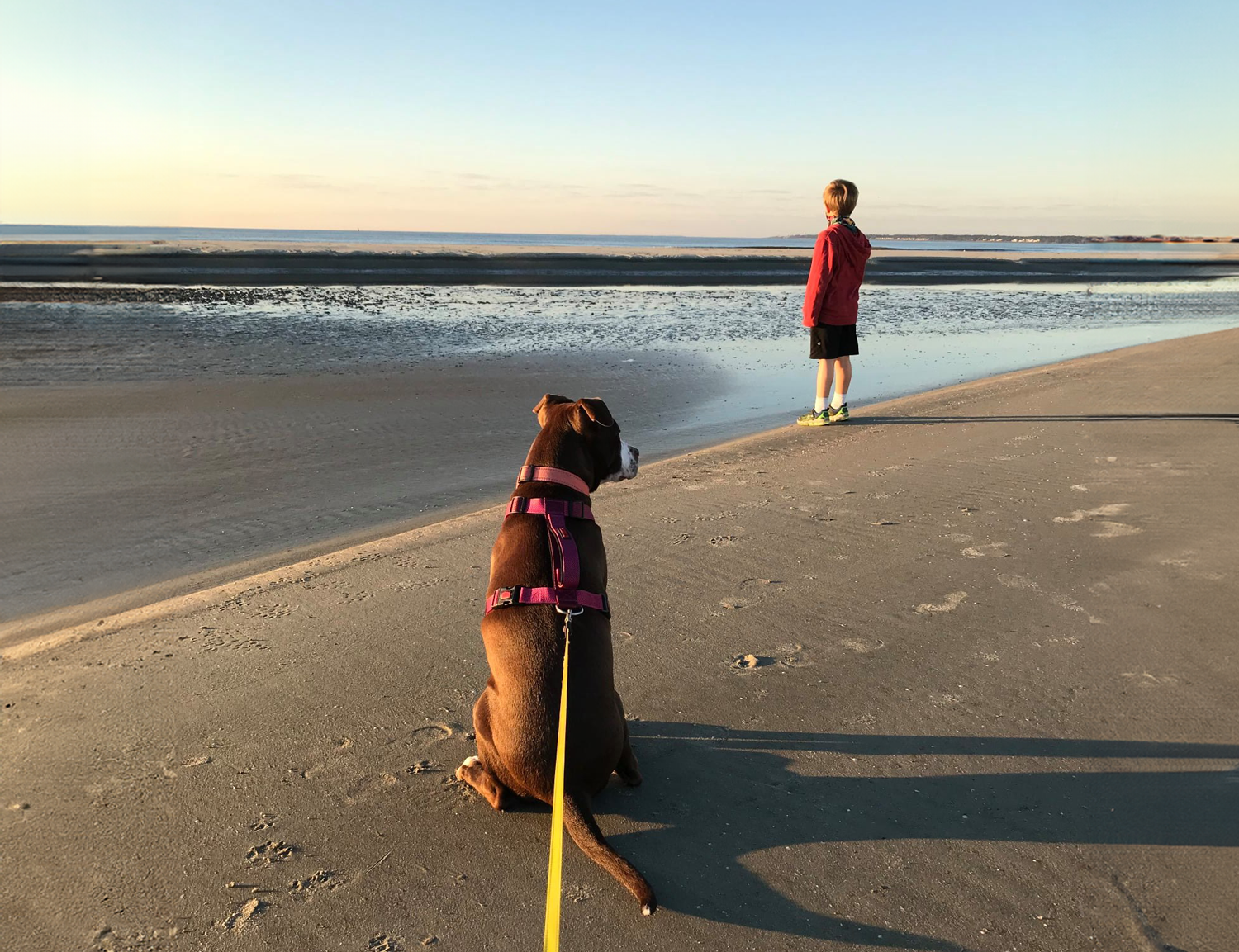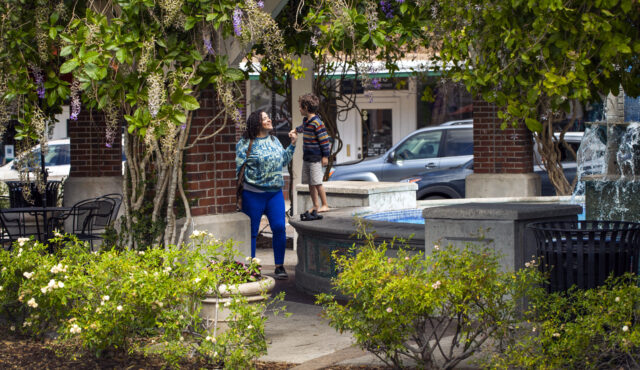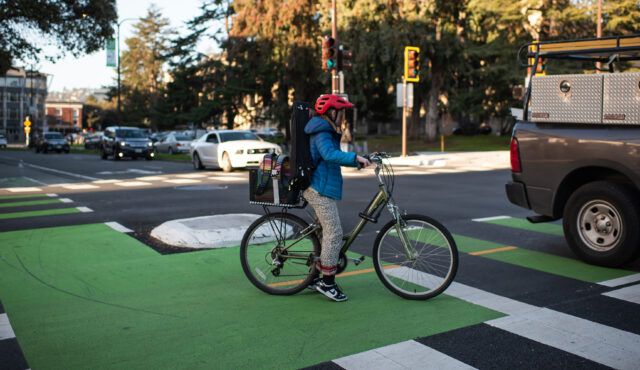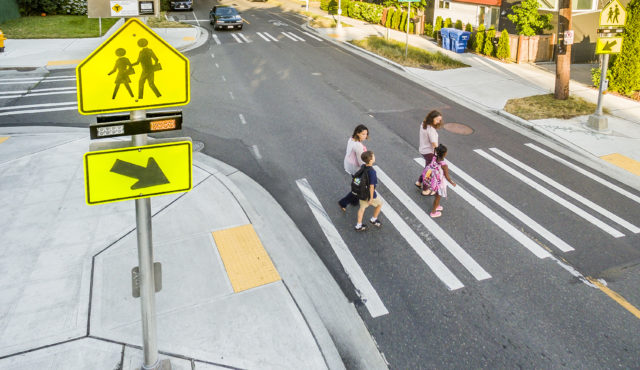We are excited to welcome Patti Sistrunk as a Principal Planner on our Atlanta team. A nationally regarded Safe Routes to School expert, Patti will lead projects within the southeast and throughout the United States. Read our interview with Patti to learn how she found her way to the Safe Routes to School (SRTS) world and where she sees the discipline going in the future.
How did you become a Safe Routes to School expert?
I was a graphic designer and started out in the marketing and communications world. In 2005, I was working in the communications office at the South Carolina Department of Transportation (SCDOT) when I was assigned to work on a new federal program called Safe Routes to School. I was excited to do branding and marketing for something that was a departure from centerline roadways.
A year later, because federal legislation mandated that all states have an SRTS coordinator, the position was posted, and I applied to be South Carolina’s. They initially rejected my application because I had no engineering or planning experience, but I convinced the hiring manager that my marketing and communications background was actually perfect for the role. She agreed and gave me the job, and I got to develop the first South Carolina SRTS program.
When I moved back to my home state of Georgia and shifted to the consulting side of things, I got to work with Toole Design as a teaming partner for the Georgia SRTS program. The Toole Design name was synonymous with Safe Routes to School because of all the great work Jennifer Toole and Diane Lambert had done to establish the program at the federal level. Now, after more than 20 years working in transportation communications, SRTS, and TDM at SCDOT and at my previous firm, joining Toole Design was the obvious and exciting next step.
What has been your most rewarding experience working with SRTS programs?
I love taking people into the field — especially people who don’t work in planning or engineering — and seeing how impactful that can be. It’s amazing what people can accomplish when you open their eyes to barriers and opportunities that they don’t normally look at. I witnessed this when I did walk audits with the school district in Savannah to identify routes for walking school buses. Before we were even done with the walk, people were making calls and sending emails to find solutions and improve safety.
People don’t realize that sometimes it’s as simple as a phone call. Until you call, a city or county official may not know there was a signal problem or a missing manhole cover or some other issue that they can fix right away. And seeing those infrastructure improvements can then inspire more change.
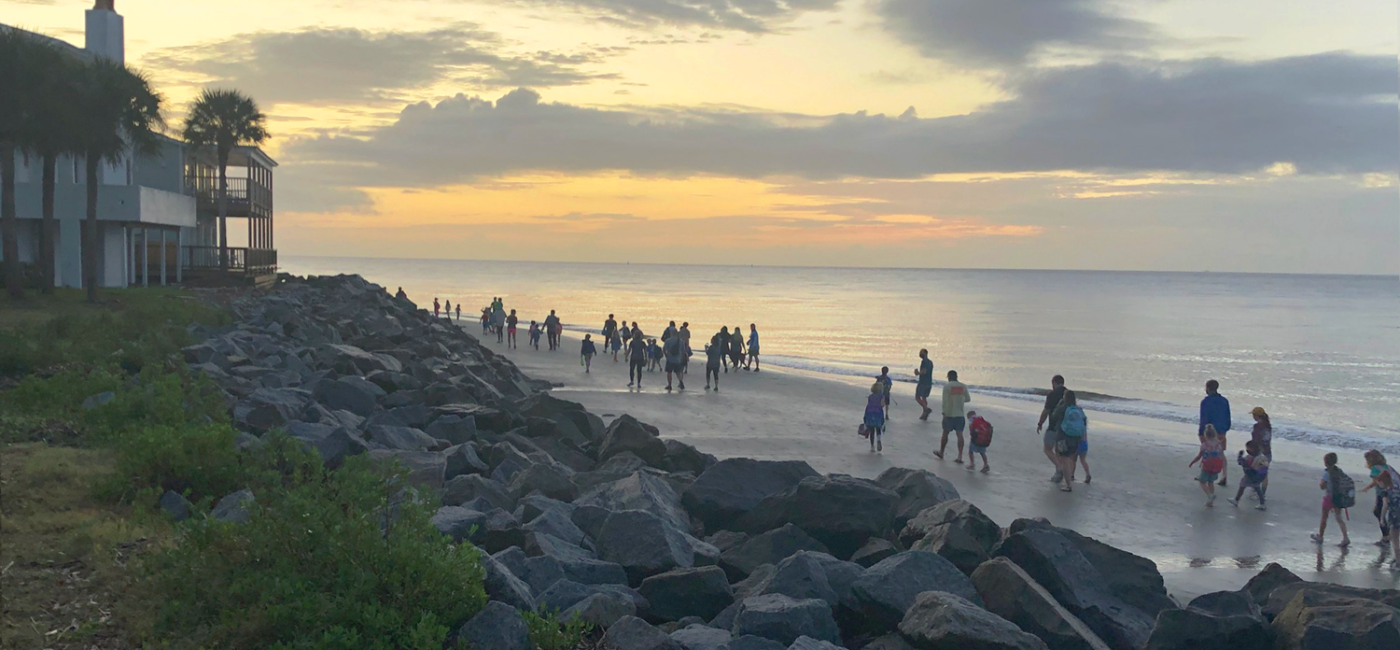
What do you find to be the most effective Safe Routes to School Strategies?
No two communities are the same, so it’s hard to point to one thing that always works. That said, I think walking school buses are a good solution for almost any school that has students living nearby. The key to a successful walking school bus is to identify the routes and schedules and make families aware. When you funnel kids to identified routes, then you can focus the infrastructure improvements on that route, and it’s much less overwhelming and makes a big impact.
I’m also a big proponent of park and walk programs. That may be controversial for the active transportation purists out there, but not everyone lives close enough to their school to walk or bike the whole way. Park and walk programs can be a powerful solution for lessening traffic congestion around the school, and then you can organize walking school buses to or from the park and walk locations.
What’s the next big shift or opportunity for safe Routes to School?
I think we’re seeing more Safe Routes programs to other places, moving beyond elementary and middle schools. The latest infrastructure bill opened the possibility of more high school programming by expanding the eligible range to all grades K-12. I also think we’ll start looking beyond high school to college communities, and even to other youth-serving destinations.
Another growing topic in the Safe Routes conversation is the use of electric bikes and scooters. These technologies allow kids to travel farther distances on their own, so we need to figure out the policies, infrastructure, and opportunities associated with these new modes.
What is your favorite way to get around?
I love to walk, usually with my kids in tow and my very eager dog Fern pulling me along!
